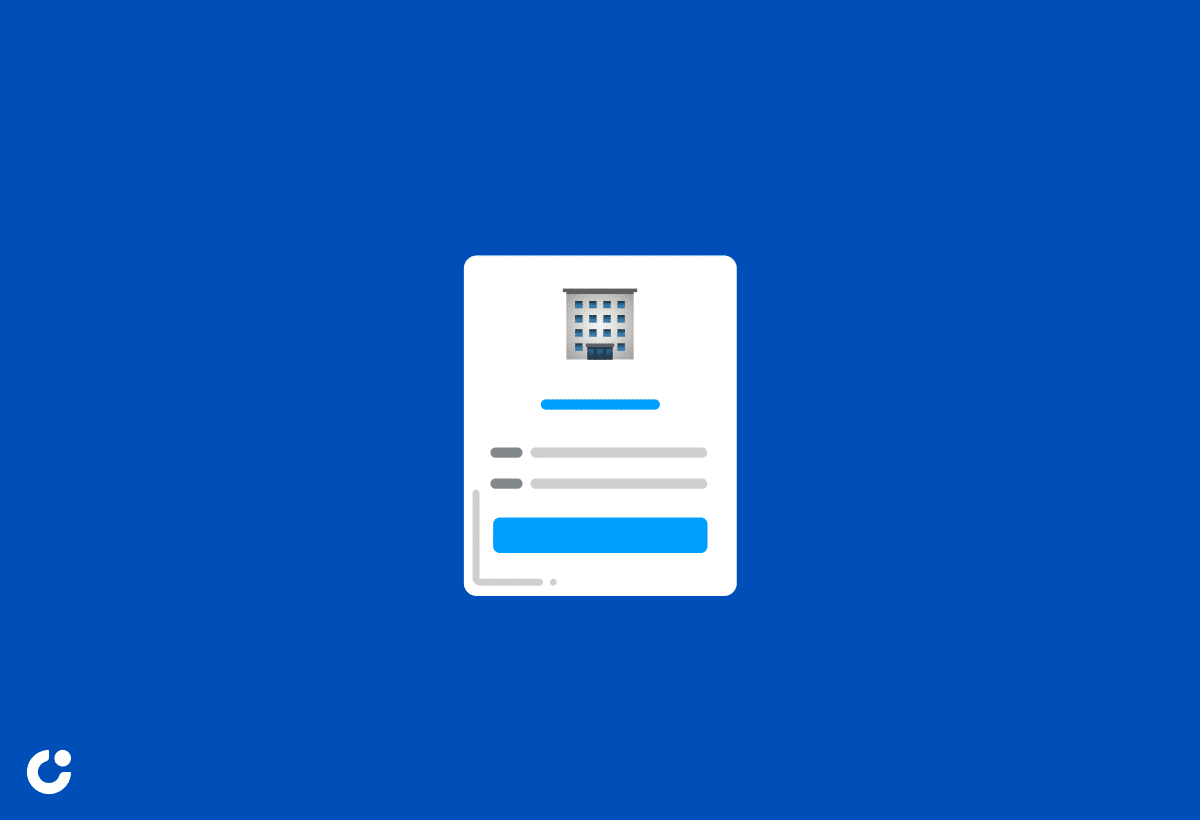Have you ever wondered how to make a lasting impression through email introductions? In today's digital age, mastering the art of professional introductions is crucial for making meaningful connections. From job applications to networking emails, the way you introduce yourself can greatly impact your success.
In this article, we will explore the purpose of email introductions, the importance of formal etiquette, and provide examples and templates to help you craft the perfect introduction. So, let's dive in and learn how to address an email to a company with confidence and finesse.
Key Takeaways:
Importance of a formal email introduction when reaching out to a company.
Personalizing greetings and content can make a lasting impression on the recipient.
Including a clear call-to-action and follow-up can increase the chances of a response from the company.
Understanding Email Introductions

Understanding Email Introductions plays a crucial role in establishing connections and fostering professional relationships. Effective self-introductions in emails can make a significant impact on the recipient, whether for business, networking, sales, or job applications.
When crafting an email introduction, the initial impression you create can be the key to opening doors of opportunity. A well-designed introduction sets the tone for further correspondence and can differentiate you in a competitive environment. Whether you are reaching out to a potential client, applying for a job, or simply seeking information, an engaging email introduction can pique the recipient's interest and elevate your credibility. The right introduction can lead to fruitful collaborations, new partnerships, and expanded networks that are invaluable in today's interconnected business world.
Purpose of a Self-Introduction Email
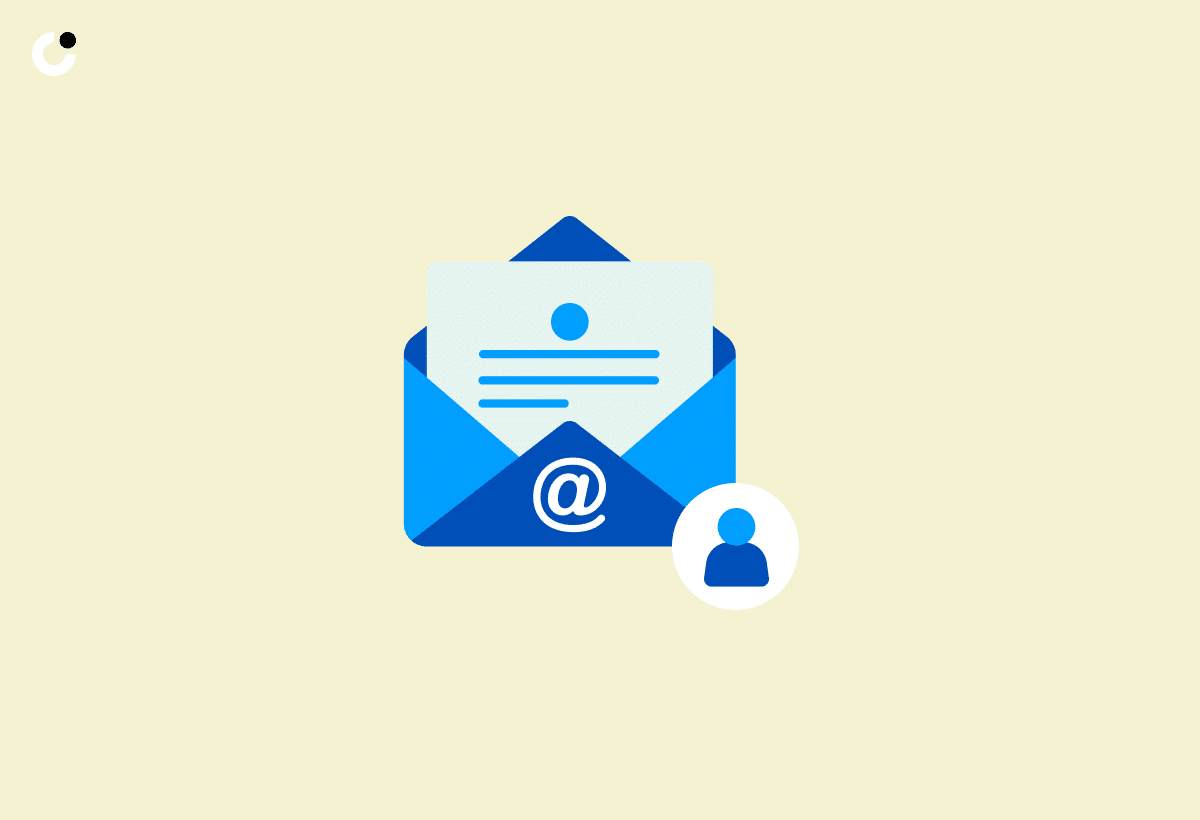
A self-introduction email serves the purpose of introducing oneself professionally in various situations such as job applications, networking, or when seeking information. It allows individuals to establish credibility, showcase their skills, and make a positive first impression.
When crafting a self-introduction email for job applications, individuals can highlight their relevant experience, achievements, and enthusiasm for the position. This helps recruiters quickly assess their suitability for the role.
In networking contexts, self-introduction emails enable individuals to express their interests, goals, and expertise to potential connections, paving the way for building valuable professional relationships.
In scenarios where individuals need to request information, a well-written self-introduction email can concisely communicate their query, demonstrating respect for the recipient's time and expertise.
Importance of Formal Email Introductions

Formal email introductions are essential for establishing a professional tone, setting the right impression, and conveying credibility in business and networking interactions. They reflect attention to detail and respect for the recipient, enhancing the overall communication experience.
When crafting a formal introduction, it is crucial to address the recipient with the appropriate level of formality, using their title and last name, if known. This demonstrates a level of courtesy and professionalism that is highly valued in the business world.
A formal introduction helps establish the sender's authority and expertise in the subject matter being discussed, leading to a more impactful exchange of information. By adhering to established etiquette standards, individuals can create a lasting positive impression that can pave the way for fruitful relationships and successful collaborations.
Examples of Professional Introductions
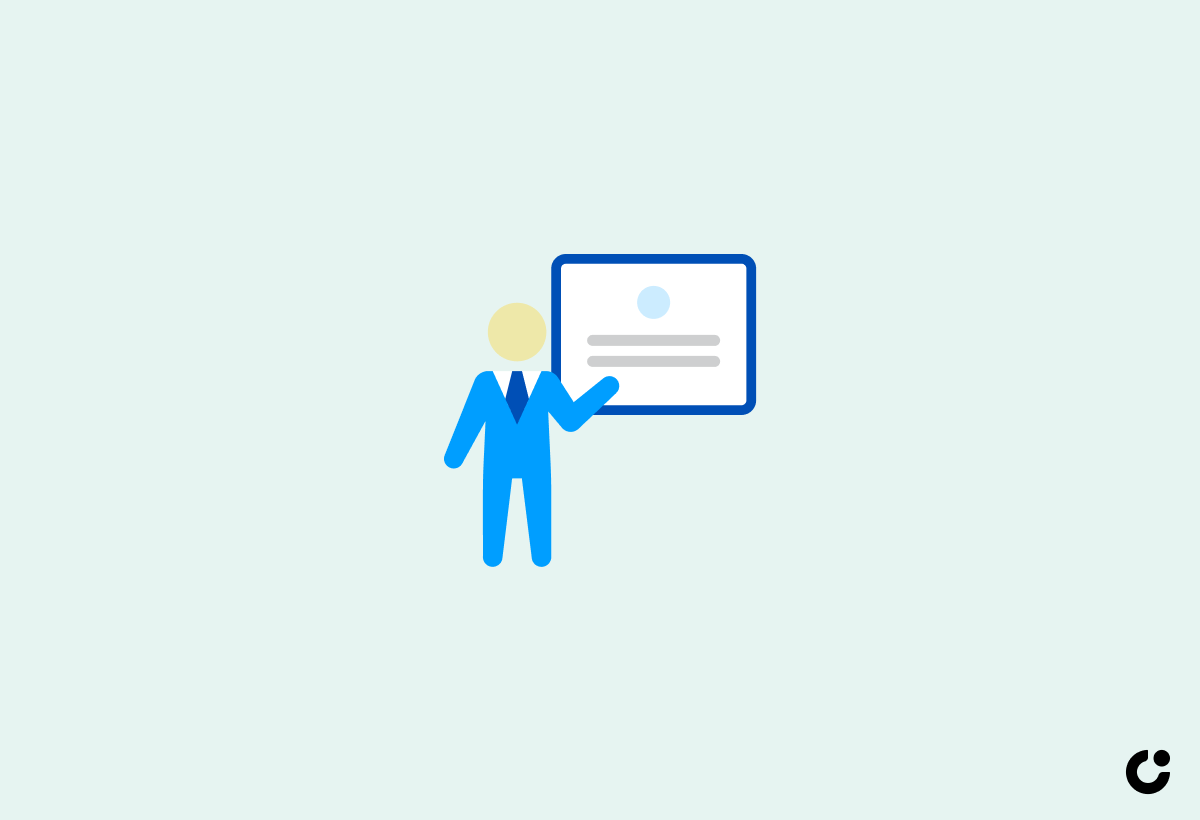
Professional introductions set the tone for successful interactions. Here are examples and templates that can guide individuals in crafting effective introductions for networking and sales purposes.
One commonly used template for networking introductions is the 'Who You Are, What You Do, Why You're Here' approach. This structure allows individuals to succinctly introduce themselves, share their profession or expertise, and establish the purpose of the interaction. With a clear and concise introduction, individuals can make a lasting impression and facilitate meaningful conversations.
For sales introductions, a more tailored approach focusing on the customer's needs and how the product or service can address those needs is crucial. By understanding the customer's pain points and offering a solution right from the start, sales professionals can grab the attention of potential clients and establish rapport.
Job Application Email Template
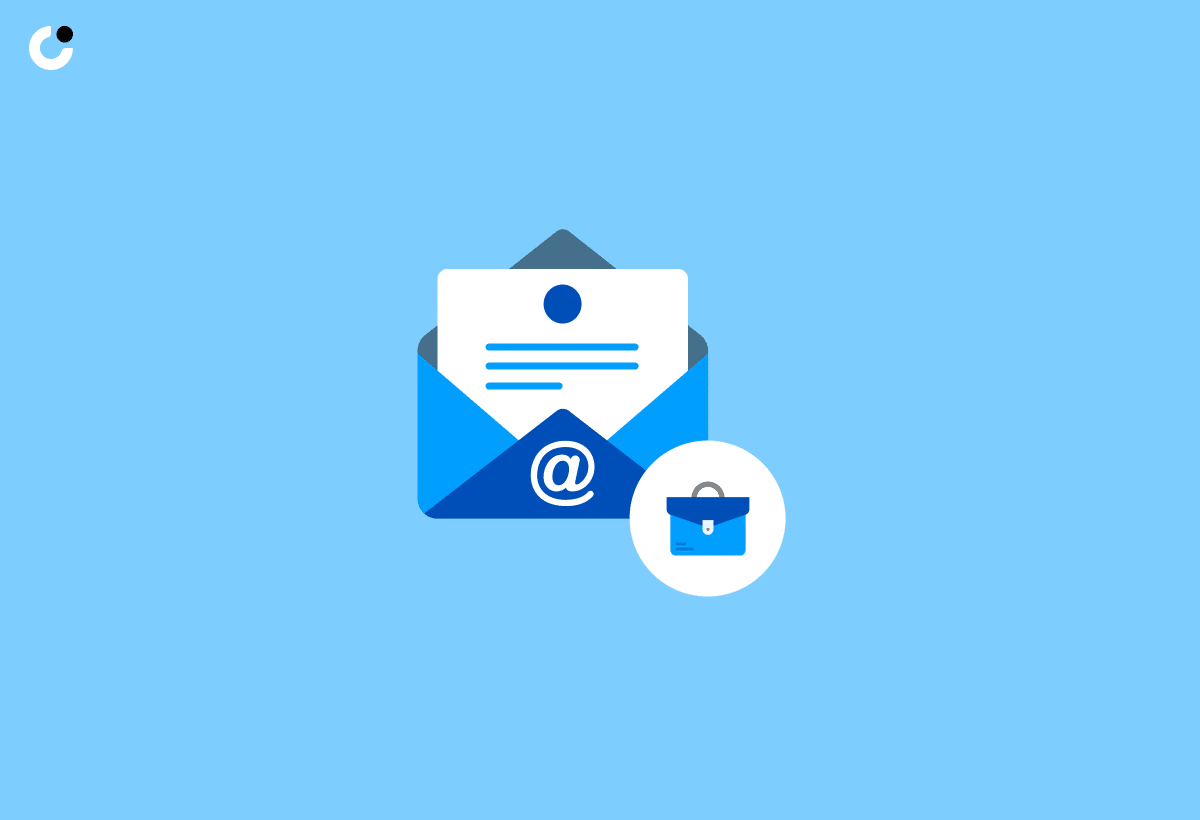
A job application email template is a structured format that individuals can use to introduce themselves professionally when applying for a job. This template assists in highlighting relevant qualifications, experiences, and interests to capture the attention of potential employers.
When crafting your application email, the introduction should include a courteous greeting to the recipient and a brief overview of your background. Moving on to qualifications, emphasize your key skills and achievements that align with the job description. In the experience section, detail your past roles, responsibilities, and any notable projects you've worked on. Each section should be tailored to the specific job and industry you are targeting. End with a strong call-to-action expressing your enthusiasm for the opportunity and a request for further discussion or an interview.
Networking and Sales Introductions
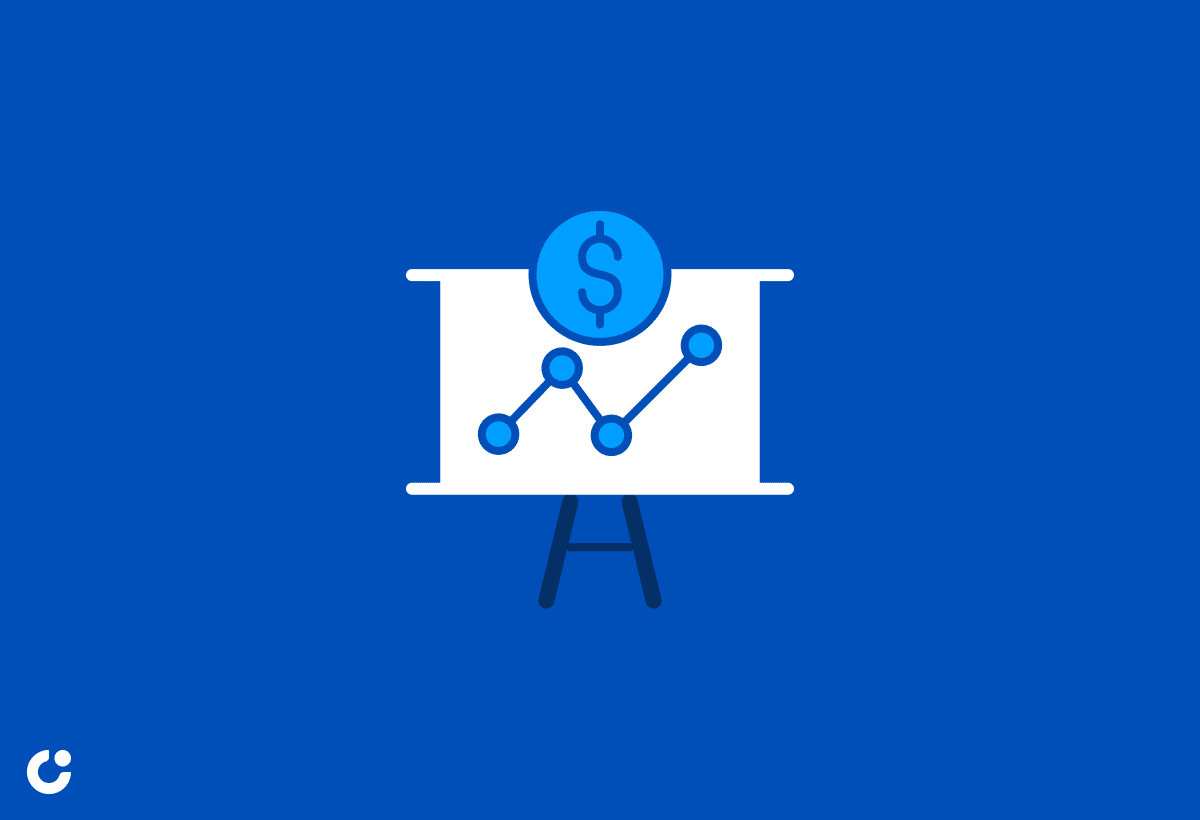
Networking and Sales Introductions are crucial for building relationships and driving business growth. Crafting engaging and personalized introductions can lead to meaningful connections and valuable opportunities.
In the world of networking and sales, a well-crafted introduction serves as the cornerstone of establishing rapport and making a lasting impression. It is not just about exchanging pleasantries; it's about showcasing your unique value proposition in a concise and impactful manner. One effective strategy is to tailor your introduction based on the specific audience or setting, making sure to highlight how your skills or offerings can address their needs or challenges.
Integrating key keywords related to your industry or expertise seamlessly into your introduction can also help you stand out and establish credibility. This could involve mentioning notable projects you've worked on, relevant awards or certifications you hold, or even mutual connections you share. By strategically incorporating these entities, you demonstrate your expertise and relevance, increasing the chances of establishing a meaningful connection.
Crafting an Effective Introduction Email
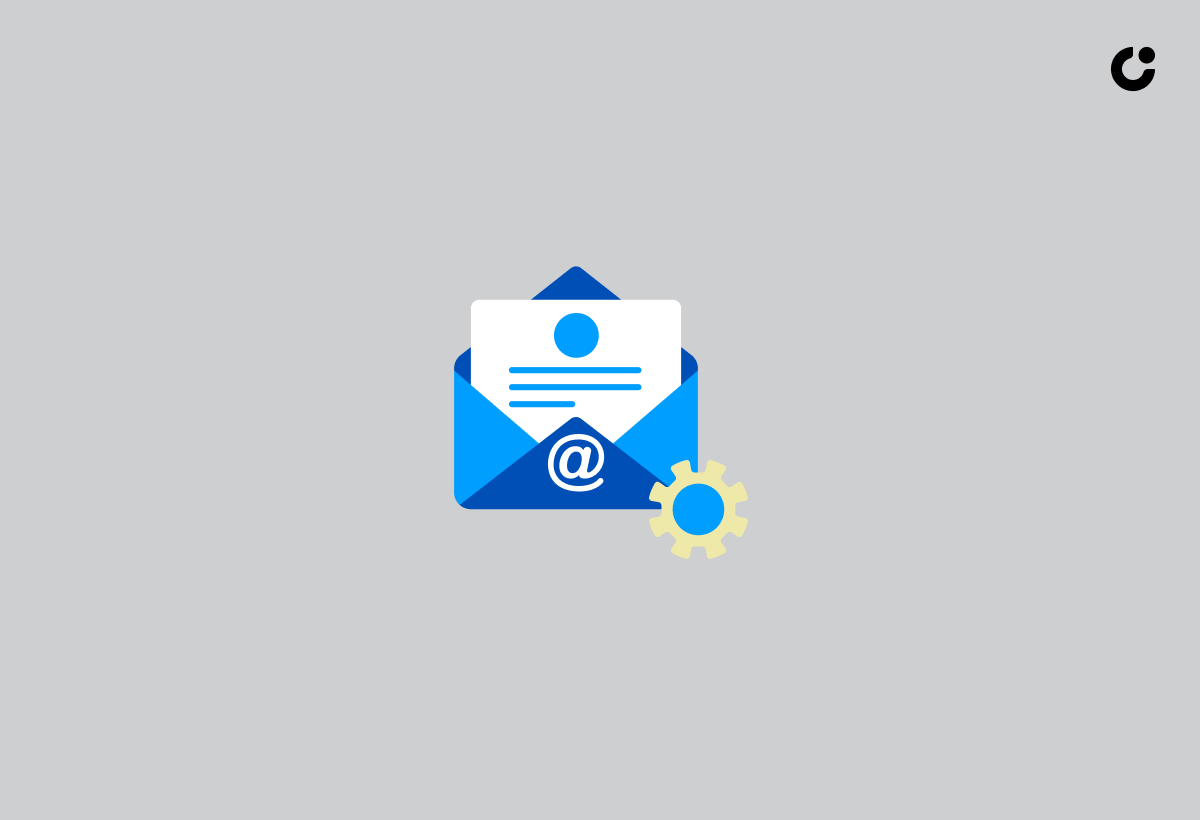
Crafting an Effective Introduction Email involves attention to detail and strategic planning to maximize impact. From compelling subject lines to personalized greetings and compelling call-to-actions, each element plays a crucial role in engaging the recipient and initiating further communication.
Subject lines act as the first impression, drawing the reader in with curiosity or relevancy; make sure they are concise and enticing. Personalize greetings using the recipient's name to create a sense of familiarity and connection. The value proposition should clearly convey the benefit of your message, addressing their needs or pain points directly. A strong call-to-action encourages the recipient to take the desired action, whether it's scheduling a meeting or visiting your website.
Follow-up strategies should be planned in advance; consider a timely follow-up if there's no response to your initial email. Your email's structure should be clear and concise, breaking down information into digestible chunks. Remember that brevity is key, keep your email focused and to the point. Incorporate strategic keywords related to your industry or product to enhance searchability and appeal to the recipient's interests.
Tips for Compelling Subject Lines
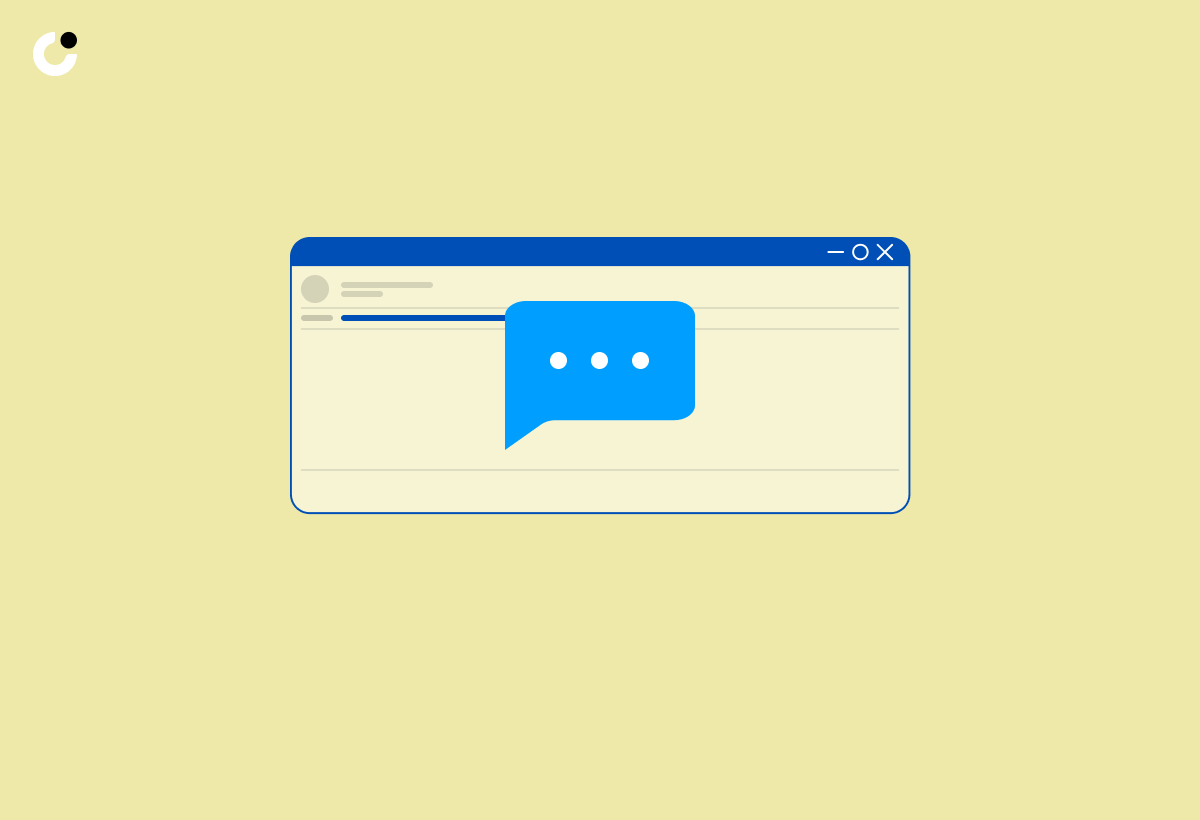
Compelling subject lines are the gateway to engaging email introductions. They should be concise, relevant, and compelling to capture the recipient's attention and increase the chances of the email being opened and read.
When crafting a subject line, consider the recipient's perspective. Personalization is key - include the recipient's name if possible or reference past interactions. Emphasize the value proposition or benefit the email offers. For example, 'Exclusive Invitation: Join Our VIP Webinar' communicates exclusivity and value. Using action-oriented language like 'Act Now' can create a sense of urgency. Remember to keep it brief but informative. Analyze successful subject lines in your own inbox and adapt techniques that resonate with you to your own email strategy.
Personalizing Greetings and Content

Personalizing greetings and content in email introductions adds a touch of authenticity and fosters a connection with the recipient. Tailoring the message to address the recipient by name and incorporating relevant details can significantly enhance engagement and rapport.
By demonstrating that you have taken the time to cater the email specifically to them, you show the recipient that they are valued and not just part of an impersonal mailing list. A simple inclusion of their recent accomplishments or shared interests can go a long way in creating a more personalized experience. For instance, mentioning a recent article they published or a project they completed adds a personalized touch that can spark a conversation. This level of individualization leads to higher open rates and response rates as recipients feel a genuine connection with the sender.
Including Call-to-Actions and Follow-Ups
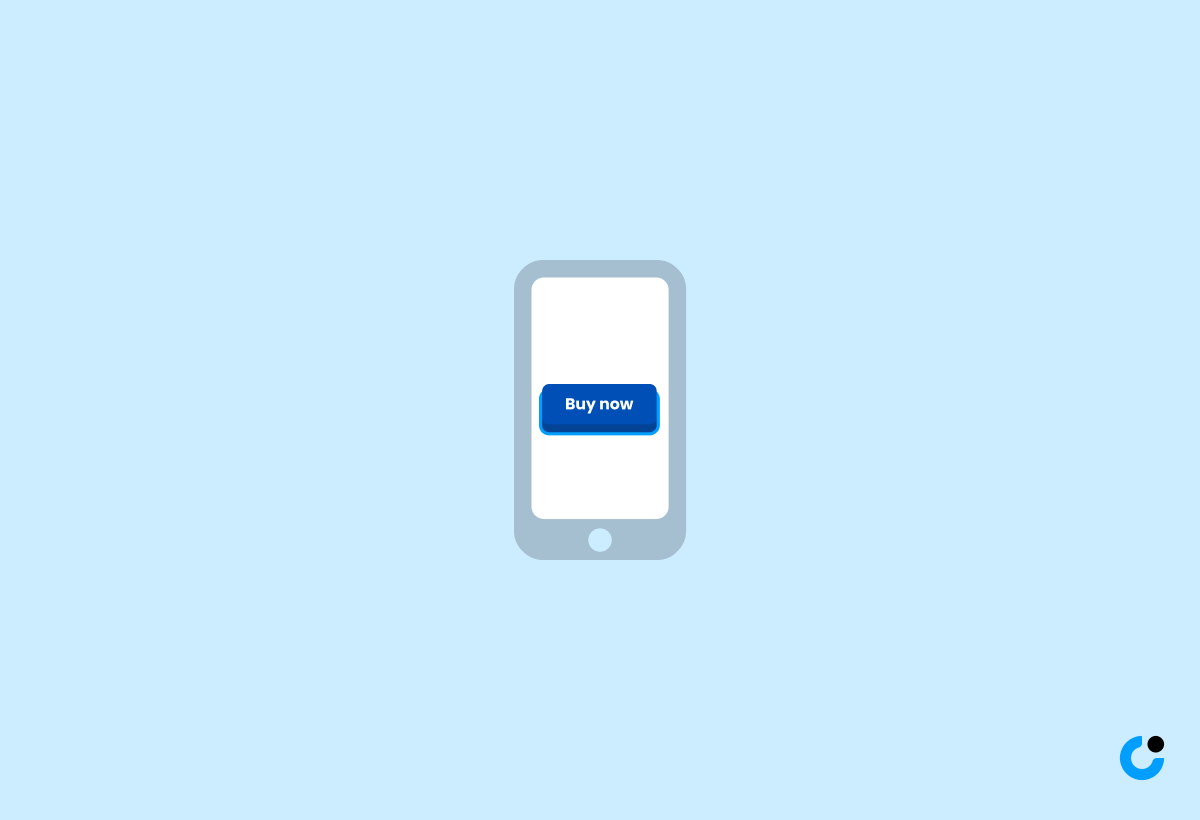
Including clear call-to-actions and follow-up strategies in email introductions is essential for driving desired outcomes. Encouraging recipients to take specific actions and outlining follow-up steps can help maintain momentum and facilitate further communication.
One effective way to prompt action is by incorporating action-oriented phrases in your call-to-action, such as 'Click here to schedule a meeting' or 'Reply with your availability for next week.' These prompts create a sense of urgency and guide recipients on the next steps. Following up with a personalized message acknowledging their response or providing additional information shows your commitment to the relationship. For instance, 'Thank you for your quick response. I look forward to discussing this opportunity further' demonstrates genuine interest and keeps the dialogue open.
Sample Introduction Email Templates
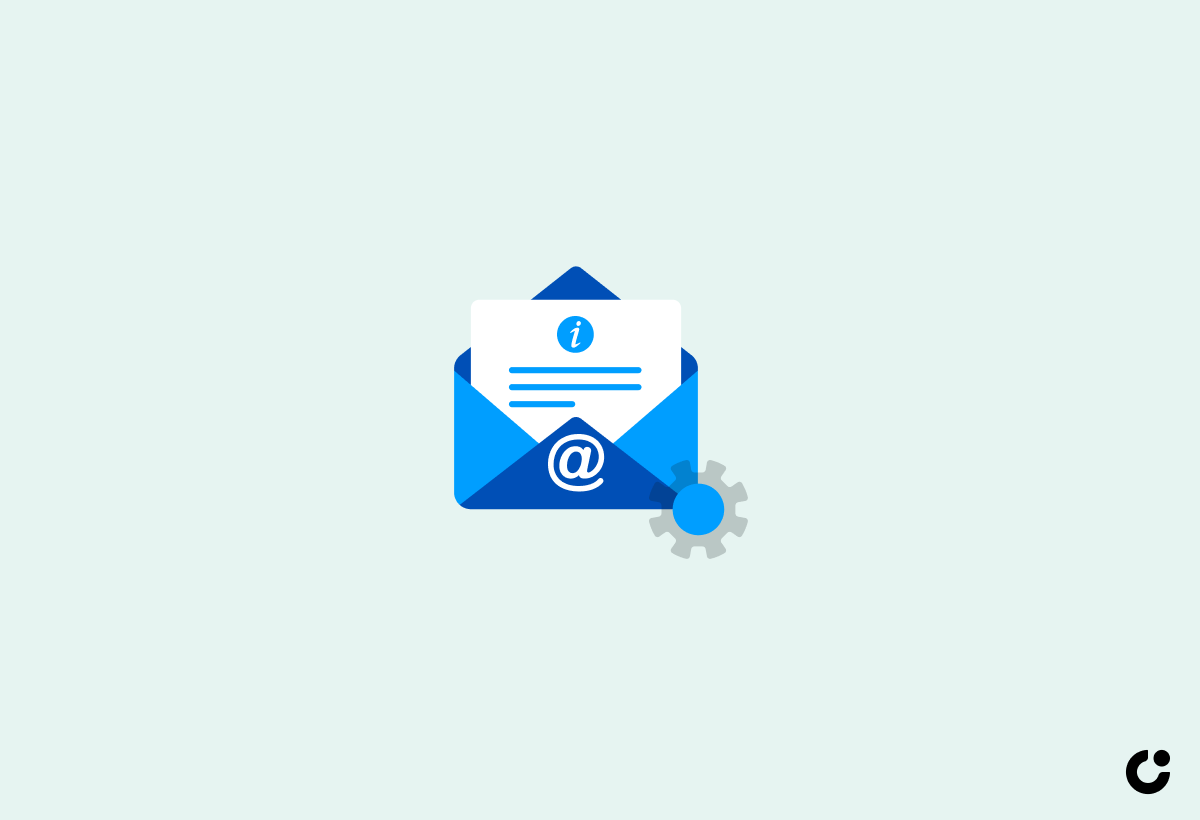
Sample Introduction Email Templates serve as valuable resources for individuals looking to structure their introductions effectively. Whether it's a personal referral or an introduction to recruiters and executives, having a template can streamline the process and ensure a professional presentation.
These templates offer a foundation for crafting a well-crafted introductory email by providing a structured layout and language that can resonate with the recipient. Elements such as a clear subject line, a concise yet engaging opening, a brief introduction about oneself or the mutual connection, and a friendly call-to-action can significantly enhance the impact of the email. By understanding the nuances of each template and customizing it to fit the specific context, individuals can effectively establish connections, initiate conversations, and leave a positive impression on the recipient.
Introduction as a Personal Referral

Introducing oneself through a personal referral email is a powerful way to leverage existing connections and establish credibility. This template assists individuals in making a compelling introduction based on a mutual connection, enhancing the likelihood of a positive response.
When crafting such emails, it's essential to start by acknowledging the mutual connection, highlighting the common ground that brings both parties together. Establishing this shared foundation helps create a sense of trust and familiarity from the outset. Personalizing the content to suit the context and relationship dynamics further strengthens the impact of the introduction. It's crucial to convey genuine enthusiasm and respect for both the referrer and the recipient, emphasizing the value that each brings to the connection.
Introducing Yourself to Recruiters and Executives

Introducing yourself effectively to recruiters and executives via email can significantly impact your job search or business opportunities. This template guides individuals on showcasing their skills and experiences concisely and professionally to capture the attention of key stakeholders.
Begin your email by addressing the recipient with a polite greeting, followed by a concise and engaging subject line that entices them to open your message. In the body of the email, introduce yourself with a brief background summary that highlights your expertise and achievements. Tailor your message by researching the organization and individual you are reaching out to, incorporating specific details that showcase your alignment with their values and goals.
Be sure to use active and confident language to convey your enthusiasm and interest in connecting further.
Close your email with a clear call-to-action, inviting them to continue the conversation in person or over a call. Remember, customization and personalization are key in making a memorable impression on potential employers or business partners.
Writing a Polished Email Introduction

Writing a Polished Email Introduction requires careful selection of phrases and subject lines to convey professionalism and value succinctly. Choosing the right language and tone can make a significant difference in capturing the recipient's interest and fostering a positive impression.
When crafting an email introduction, it's essential to consider the recipient's perspective and tailor the content accordingly. Whether your goal is to establish a connection with a potential client, express gratitude to a colleague, or inquire about job opportunities, the wording you choose sets the tone for the entire interaction.
A concise and engaging subject line can entice the reader to open the email, while a well-crafted opening sentence can pique their curiosity and encourage them to continue reading.
Choosing the Right Phrases and Subject Lines
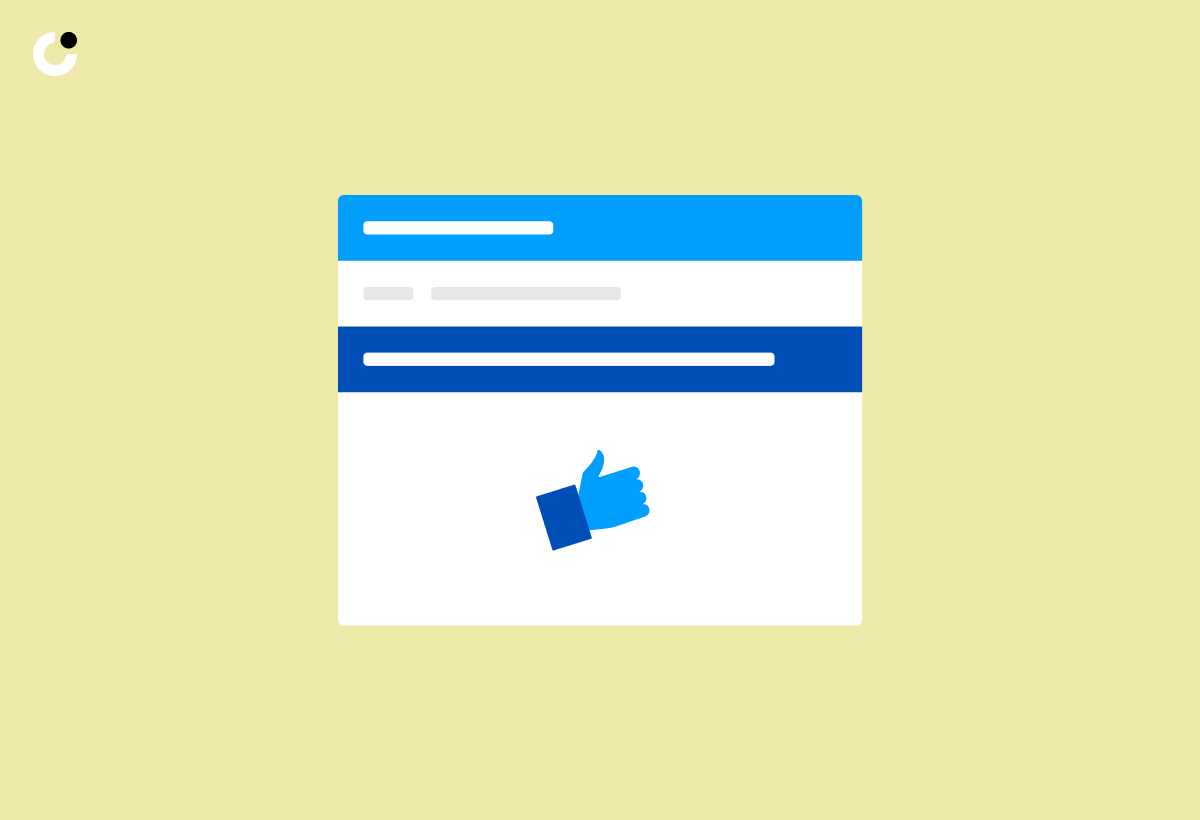
Choosing the Right Phrases and Subject Lines is essential for creating impactful email introductions. By selecting language that resonates with the recipient and crafting subject lines that capture attention, individuals can enhance the effectiveness of their communication.
When considering phrases for introductions, opt for a warm and friendly tone to establish rapport. For example, starting with 'I hope this message finds you well' can set a positive tone. On the other hand, if you're aiming for a more formal introduction, phrases like 'I am reaching out regarding...' or 'I would like to discuss...' may be more suitable.
Subject lines play a crucial role in email open rates. Use action-oriented language to entice the recipient to open the email. For instance, 'Don't miss out on this exclusive offer' or 'Your feedback needed for upcoming project' can spark curiosity and lead to higher engagement.
Addressing FAQs About Email Introductions
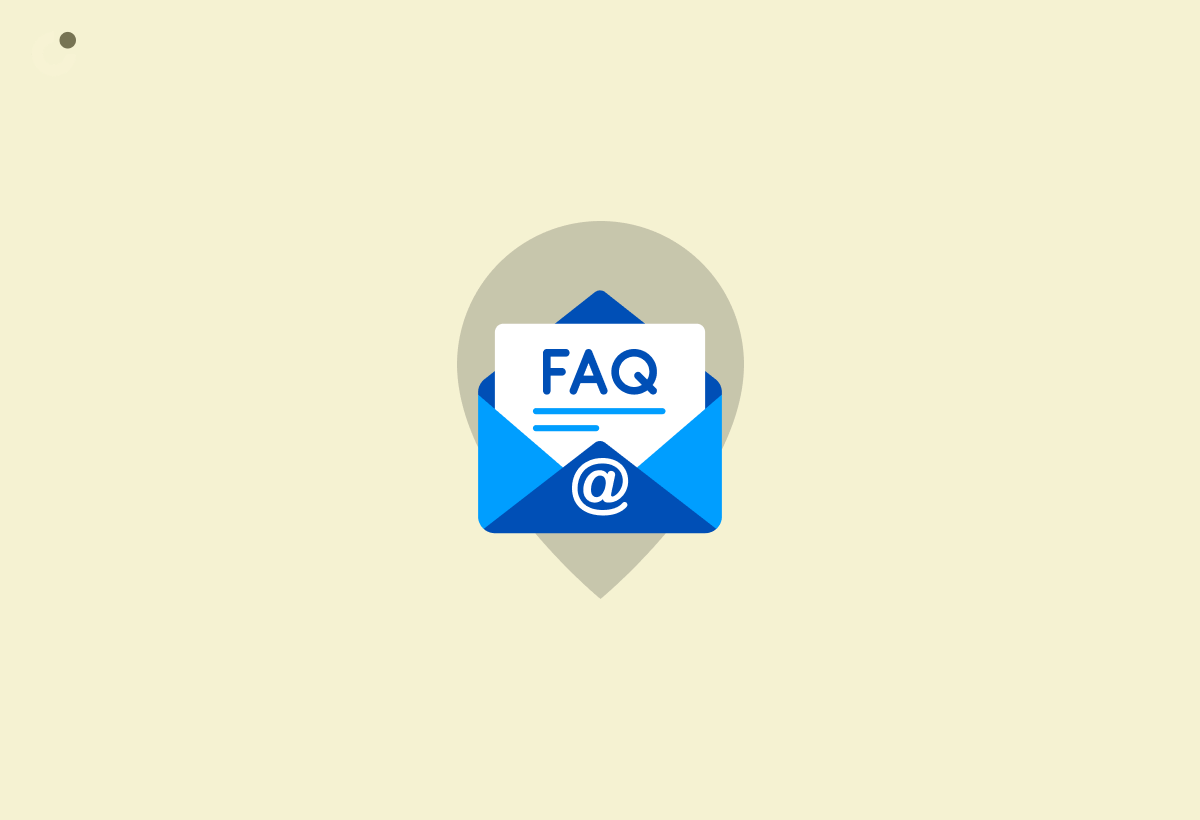
Addressing FAQs About Email Introductions helps individuals navigate common queries and concerns related to professional communication. Understanding email etiquette, networking norms, and best practices for introductions can streamline the process and enhance communication effectiveness.
One common question individuals have is about the ideal length of an email introduction. Keeping it concise and to the point is crucial, aiming for a maximum of 3-4 short paragraphs. Another query often centers around the appropriate tone to adopt - a friendly yet professional tone is typically recommended. Understanding the importance of personalizing introductions rather than using generic templates can significantly impact the recipient's perception. Including a clear call to action or next steps in the introduction can help propel the conversation forward.
Professional Email Introductions Etiquette

Professional Email Introductions Etiquette encompasses guidelines and best practices for initiating and maintaining professional communication via email. Understanding proper etiquette in business settings, self-introductions, and follow-up emails is essential for building successful relationships.
Professional email introductions etiquette sets the tone for the interaction and reflects on your professionalism and attention to detail. When crafting an introductory email, it's important to strike the right balance between being formal and approachable, depending on the recipient and the context. Always begin with a polite greeting, address the recipient by their proper title if applicable, and close with a courteous sign-off. Responsiveness is another crucial aspect of email etiquette—prompt replies show respect for the recipient's time and help maintain the flow of communication.
Tips for Introducing Someone via Email
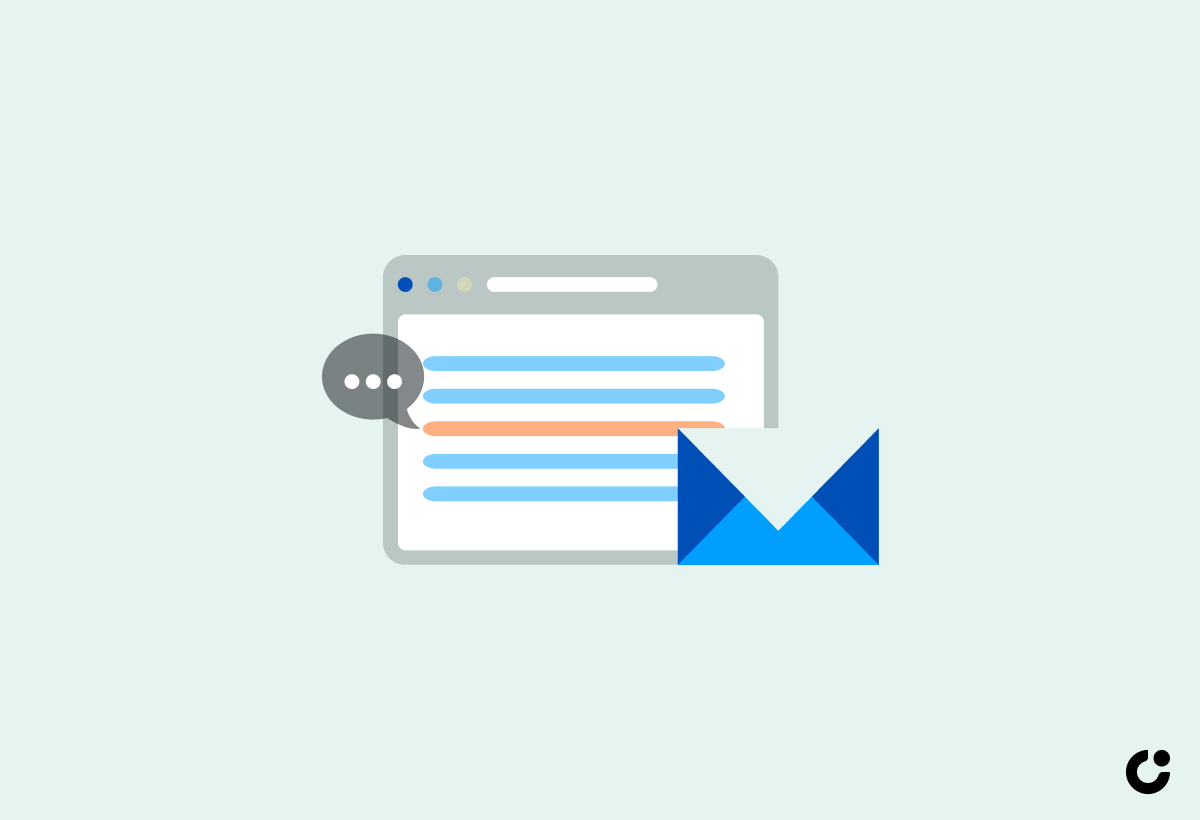
Introducing someone via email requires a thoughtful approach to effectively connect individuals and facilitate meaningful interactions. Providing clear context, highlighting key information, and expressing genuine enthusiasm can enhance the introduction's impact and foster positive relationships.
When crafting the introduction email, it is important to consider the recipient's perspective and tailor the message to resonate with their interests or needs. You can start by sharing a brief background about each person, focusing on their professional achievements or common interests to establish common ground. Incorporating a call-to-action or suggesting a specific topic for discussion can prompt the recipient to engage with the introduction and initiate further communication.
Conclusion and Key Points

Mastering the art of email introductions is paramount for effective communication in professional settings. Key points to remember include personalization, clear communication, and proactive follow-up strategies to build lasting connections and leverage opportunities.
Personalization is crucial as it shows your recipient that you have taken the time to tailor your message to them specifically, making the interaction more engaging and memorable. Clarity in your introduction is essential to ensure that your purpose is easily understood, helping to avoid any misinterpretations or confusion.
Always follow up after making an introduction, as this demonstrates your commitment to nurturing the relationship and can lead to further collaboration or business opportunities. Remember, every email introduction is an opportunity to forge valuable connections, so make each one count.
Frequently Asked Questions
1. How should I address an email to a company for a professional introduction?
When addressing an email to a company for a professional introduction, it is best to use a formal tone and address the email to a specific individual or department. This could be the hiring manager, the head of the department you are interested in, or the general company email. Avoid using generic terms like "To Whom it May Concern" or "Dear Sir/Madam."
2. Is it necessary to research the company before addressing an email?
Yes, it is important to do some research on the company before addressing an email for a professional introduction. This will help you tailor your email and show that you are genuinely interested in the company and have taken the time to learn about them.
3. Can I use a casual or informal tone when addressing an email to a company?
No, it is not appropriate to use a casual or informal tone when addressing an email to a company for a professional introduction. Remember, this is your first impression and you want to come across as polished and respectful. Save the casual language for personal emails.
4. What information should I include in the subject line of the email?
The subject line of your email should be clear and concise, indicating the purpose of your email. You can mention the position or department you are interested in, or simply use "Professional Introduction" as the subject. Avoid using all caps or exclamation marks, as this can come across as unprofessional.
5. Should I attach my resume or other documents to the email when addressing a company?
Unless specifically requested, it is best to not attach your resume or other documents to the email when addressing a company for a professional introduction. Instead, include a brief introduction of yourself and your qualifications in the body of the email and mention that you have attached your resume for their review.
6. Is it appropriate to follow up if I don't receive a response from the company?
Yes, it is appropriate to follow up with the company if you don't receive a response. However, give them at least a week before sending a follow-up email. Be polite and professional in your follow-up, reminding them of your initial email and expressing your continued interest in the company.

